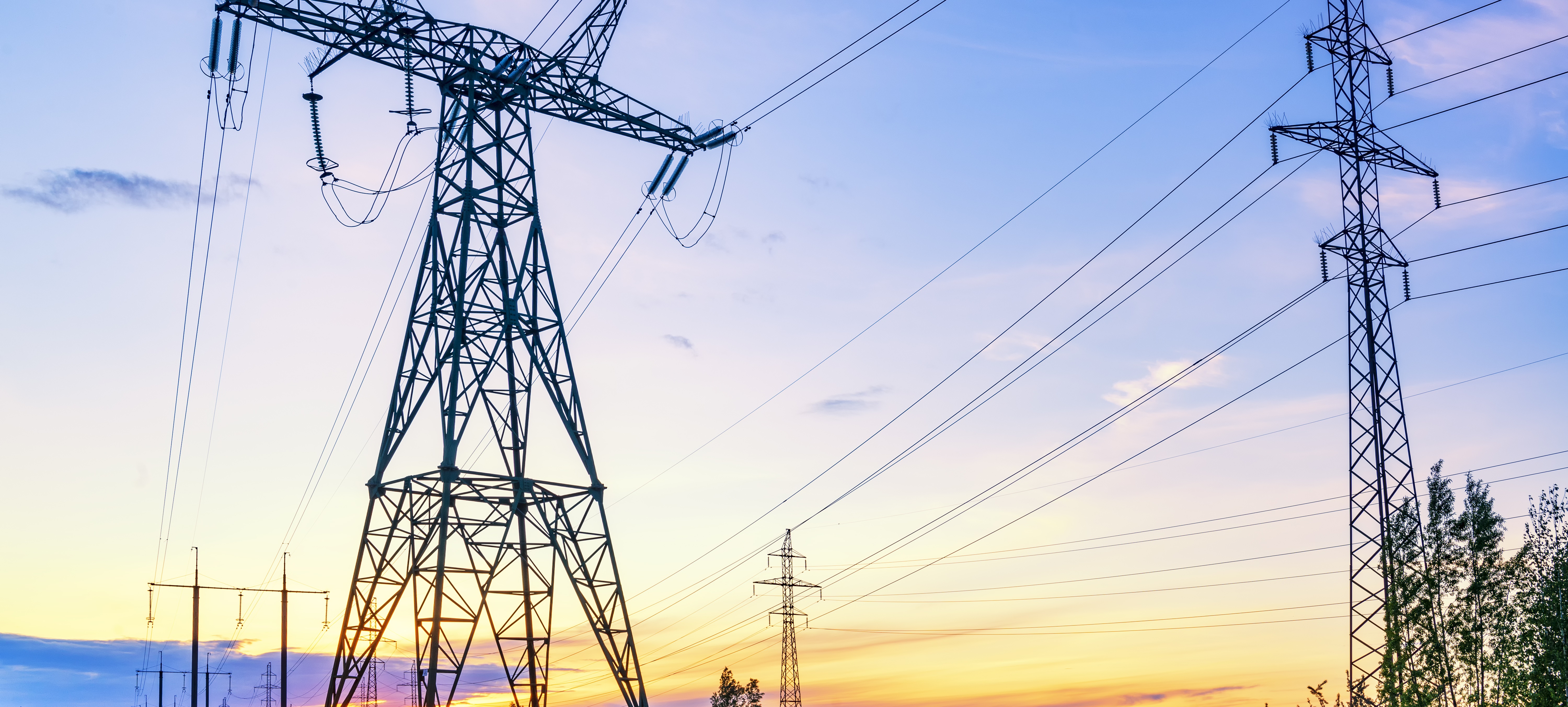Applying Grid Enhancing Technologies to Accelerate Renewable Energy
Applying Grid Enhancing Technologies To Accelerate Renewable Energy
A cost-effective solution for the Europe and Eurasia region
Across Europe and Eurasia, regional network planning studies are underway to identify bottlenecks to integrating renewables, sharing cross-border reserves, and expanding regional clean energy trade.
The networks in the region are generally well meshed and can absorb a large amount of new generation capacity. However, some parts of the region face pockets of network congestion that could limit the amount of generation that can be added to the grid. And in other parts of the region, cross-border transmission capacity is very limited.
With the unprecedented amount of new and decentralized generation expected to come online over the next 10-15 years, industry leaders in Europe and Eurasia are seeking to prevent network congestion that could reduce a network’s absorptive capacity and prevent the achievement of carbon reduction goals. Grid enhancing technologies may be a reliable, affordable, and practical solution to reducing transmission congestion.
Grid enhancing technologies (GETs) can expand and accelerate transmission
capacity, with less capital expense and less development time than is required
for new transmission infrastructure.
In regions that are resource constrained, GETs (also called “advanced transmission technologies”) may serve as a bridge to allow for increased transmission while waiting for new transmission lines and infrastructure to be funded.
3 primary types of GETs:
Topology Optimization – automatically reconfigures power flow around congestion and distributes power more evenly over the system
Dynamic Line Rating – uses monitoring devices to more accurately assess a line’s actual (rather than presumed) capacity, including by adjusting thermal ratings based on actual weather conditions
Advanced Power Flow Control (also called “modular flexible alternating current transmission systems” or “FACTS”) – re-routes energy off overloaded facilities or pulls power onto under-utilized facilities
GETs can help integrate more renewables. Utilities and system operators have good understanding of the variability of renewables. But currently there are roadblocks to integrating renewables. Transmission availability, in particular, is a major limiting factor, because:
- many renewable projects are locked up in the generation interconnection queue;
- there is a timing gap (renewables are developed much faster than transmission); and
- utility-scale renewables are usually more cost-efficient compared to distributed resources.
GETs help integrate renewables that are waiting their turn in the interconnection queue. These technologies may be installed quickly and cost effectively to help maximize the capability of an existing transmission system.
Various studies have confirmed the potential benefits of GETs, including:
- enhanced transmission operations and planning
- lower cost and faster implementation than traditional transmission technologies
- complement to new investments
- enhances underlying system to take full advantage of new investment potential
- mitigates impacts of construction or maintenance outages
- bridges gap until permanent solution can be achieved
- increased operational awareness while providing redundancy and resiliency
- regional financial benefits
- relatively lower cost, especially for resource-constrained utilities that need to invest to accommodate load growth
A recent study in the United States* found that GETs enabled utilities and power systems to more than double the amount of renewables onto their existing network. The study—“Unlocking the Queue,” released by the Working for Advanced Transmission Technologies Coalition—showed that GETs allowed systems to realize other benefits as well, including: savings in annual production costs; reduced carbon emissions; creation of local jobs supporting renewables construction projects; and financial benefits from land leases and tax revenues.
The United States Energy Association (USEA) and the United States Agency for International Development (USAID) are supporting a new study on the use of FACTS, a grid enhancing technology, to support renewables integration and transmission across the Black Sea region.
*For more information on GETs or the results of the “Unlocking the Queue” study conducted by the Brattle Group and Grid Strategies LLC, watch the June 9 USEA webinar “Applying Grid Enhancing Technologies to Accelerate Renewable Energy Integration.

